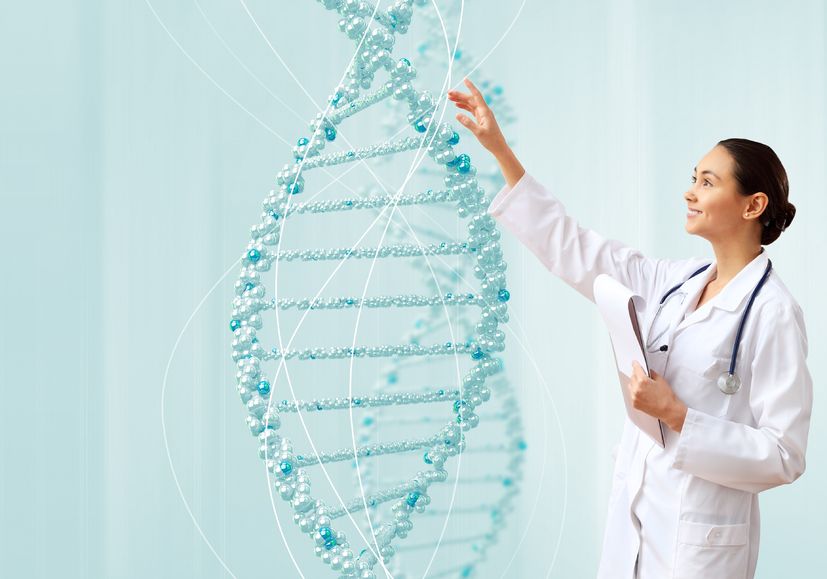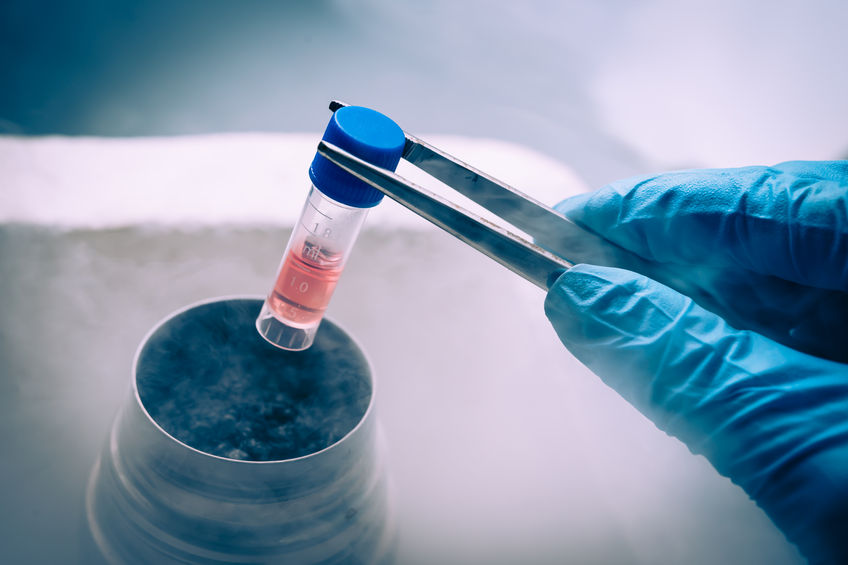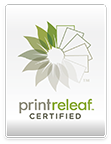

A new pregnancy is a new beginning. A child that you will nurture and protect to not only ensure they get the best possible start when they enter the world but also to help them go on to lead a healthy and happy life.
One effective method for safeguarding your child’s health is to store their stem cells at birth.
Being able to bank precious stem cells when they are born could be a crucial step in treating or curing an unexpected illness or conditions they may face later in life. What better way to have peace of mind than knowing that valuable stem cells that could help treat or cure potential illnesses have been safely banked for a day when your child might need them.
Umbilical cord blood stem cell therapy, which uses stem cells collected from the blood of the umbilical cord immediately after birth, was first used in the 1980s and is now part of well-established treatment strategies for more than 80 different diseases.
As a source of cells for developing innovative cell-based therapies, cord blood has several unique qualities. Research into its uses is in regenerative medicine is ongoing. This has resulted in several exciting clinical trials, including the treatment of lung, skin, cardiac, gastrointestinal, orthopaedic, diabetic, lung and neurological conditions. Cord blood stem cells are likely to play a major role in our ability to treat human disease as scientists continue to unlock their medical potential.
What exactly are stem cells?
Stem cells are immature cells that, when they divide, have the potential to either remain as a stem cell or transform into another type of cell with a more specialised function, such as a muscle cell, red blood cell or brain cell. When used in regenerative medicine, under the correct conditions, stem cells have the ability to multiply and transform into various cell types to help replace cells that have been damaged in some way. We also know that stem cells are able to produce protein substances that can help the body’s own repair mechanisms at sites of tissue damage.
Stem cells are biological cells that, when they divide, have the potential to either remain a stem cell or transform into another type of cell with a more specialised function, such as a muscle cell, red blood cell or brain cell.
Stem cells are located in several places throughout the body and we retain them throughout our adult lives. However, one of the best sources of stem cells for therapeutic use is the blood of the umbilical cord. Umbilical cord blood is well accepted worldwide as a rich source of particularly potent blood-forming stem cells, known as haematopoietic stem cells or HSCs. The presence of HSCs enables cord blood transplants to be used to help treat a range of blood and bone marrow cancers. Cord blood also contains other cell types, including mesenchymal stem/stromal cells (MSCs), which are useful in regenerative medicine.
After childbirth, the umbilical cord is normally discarded by healthcare staff, but saving cord blood and obtaining the stem cells is a simple, non-invasive process.
Over and above cord blood, considerable research has shown that the Wharton’s jelly of the umbilical cord (the gelatinous tissue in the cord) is a particularly rich source of MSC’s.
What can stem cells be used for?
Cord blood stem cells can be used in stem cell transplants to replace diseased cells and rebuild an individual’s blood and immune system. They have been shown to successfully help treat several diseases, including immune deficiencies, blood disorders such as thalassaemia and sickle cell disease and some cancers such as leukaemia and lymphoma. Over 40,000 cord blood transplants have taken place around the world, with the first in France performed in 1988.
The use of stem cells may be autologous where the patient’s own cells are used, or allogeneic if the cells are donated from a sibling, a related or an unrelated donor. In the case of allogeneic donors, the stem cells must be a good match for the patient. The use of autologous or allogeneic stem cells depends very much on the condition being treated as well as the availability of banked cells. Allogeneic, including sibling stem cells, can be used to help treat certain genetic conditions that are known to be in the family and often passed from generation to generation, such as sickle cell anaemia or thalassaemia. Autologous stem cells can be used to help build the immune system following treatments that involve chemotherapy. Clinical trials are also looking at the use of cord blood stem cells in regenerative medicine, for example in the treatment of cerebral palsy and autism in children and cardiac, orthopaedic and other conditions in adults. In the future, the range of stem cell-based treatment options will undoubtedly expand.
Clinical teams select cord blood units for use in transplants based on quality measures, such as the number of total nucleated cells (TNCs) and the number of viable stem cells (CD34+ cells) present in each unit. Too few cells and the collection may not be suitable for use in a transplant.
What is cord blood banking?
Cord blood banking involves collecting and storing the umbilical cord blood stem cells and or cord tissue for future medical use. You pay to store your baby’s cord blood/tissue in a private cord blood bank. Private cord blood banks in the UK serve local and EU clients and are attracting more and more parents in the Middle and Far East. Most private banks that serve the Gulf Cooperation Council (GCC) region are based in the UK or Asia.
Cord blood banking involves collecting and storing the vital umbilical cord blood stem cells for future medical use.
Once you have decided that you want to collect and store your baby’s stem cells, the cord blood bank needs to be notified ideally four to six weeks before your due date (or earlier) so that you can register and arrangements can be put in place.
It is a regulatory requirement that all mums-to-be who wish to store umbilical cord blood and/or cord tissue must be screened and tested for any evidence of certain infections. This involves answering a series of health and lifestyle questions. A sample of your blood is then taken shortly after birth. Usually, this is done at an appropriate time on the same day as the birth, but if that is not possible then the sample must be taken for testing within seven days of delivery.
Diseases that are tested for include: HIV, hepatitis B and C and syphilis. In certain circumstances, other tests such as human T-lymphotropic virus type I (HTLV-I) testing may be required, depending on the information provided at the initial registration.
How are stem cells collected?
The cord blood and tissue collection process take place immediately after birth once the placenta and umbilical cord are safely delivered and this is painless and safe for both mother and baby. The procedure is carried out by a trained and licensed healthcare professional – a private obstetrician, doctor, midwife or an assigned phlebotomist (someone trained to take blood) at the hospital or birthing centre. Home births are discouraged in the UAE because midwives are not permitted to work outside the hospital.
As soon as your baby is safely delivered, whether naturally or via C-section, and the umbilical cord is clamped and cut. Following the delivery of the placenta, the cord is wiped with antiseptic and a needle is inserted into one of the cord veins to withdraw blood, which is then injected, into a specially designed sterile bag with an anticoagulant to stop the blood from clotting. If cord tissue is being collected, a segment of the cord is cut using sterile scissors and this is placed in a sterile tube of transport medium. The collected umbilical cord blood and tissue are then carefully packed and transferred to the specialist laboratory or cord blood bank, using special containers that are able to maintain the appropriate temperature and integrity of the cord blood unit.
What happens in the laboratory?
Prior to freezing cord blood for long term storage, the sample undergoes a sterile, fully controlled process called volume reduction which removes some red blood cells and plasma from the sample and concentrates the stem cell-rich fraction. The depletion of red blood cells is critical as these cells tend to burst or lyse during the freezing process and at the time of thawing and transplant, the lysed red cell material can cause clinical complications. Volume reduction is the industry-standard method of processing employed by the majority of public and private banks around the world.
As far as cord tissue is concerned, the material is divided into many small segments under sterile conditions and these are then stored frozen.
Samples must meet certain quality standards before they can be processed and then cryopreserved for long-term storage. The freezing process is very specialized and ensures the survival of viable stem cells.
At all points from receipt into the laboratory, and throughout processing, comprehensive testing is undertaken to ensure a high level of quality assurance and regulatory compliance.
It is important that the cord blood and/or tissue is stored as soon as a possible following collection. Ideally, the samples should arrive at the laboratory and be processed within 72 hours of birth. The shorter the time between the birth and cryopreservation the better, to maintain the quality of the cord blood and/or tissue.
Storing the stem cells – and accessing them in the future
Once frozen, the stem cells can be stored for many years and currently, research has proven that they remain viable for at least 25 years. Studies are planned to assess the viability of stem cells at the 30-year point but there is no reason to suggest that correctly processed and stored cells will deteriorate over this time.
Ideally, the cord blood should arrive at the laboratory and be processed within 72 hours of birth.
If the time comes when you need the stem cells for a particular treatment, retrieval is straightforward. Simply contact your cord blood bank, fill out a request form to provide permission for the bank to liaise with the clinician who is dealing with your case. Pending satisfactory cell counts, test data and possible further testing the cord blood bank can then arrange to make sure the cells are shipped under stringent monitored transit conditions for the date of treatment. A similar process works for the release of cord tissue for clinical use.
Once you have taken that life-changing step to start a family, protecting your baby’s health and wellbeing suddenly becomes a top priority. Storing stem cells collected from your newborn’s umbilical cord blood/tissue is a once-in-a-lifetime opportunity to capture an amazing resource that could, in years to come, turn out to be a valuable treatment resource. A simple, pain-free procedure that could well be the smartest investment you have ever made.
About the author: Shamshad Ahmed, CEO and Founder of Smart Cells International.
Shamshad Ahmed is CEO and Founder of Smart Cells International Ltd. Opening in 2000, Smart Cells became the UK’s first private cord blood company – its goal to give parents more access to potentially life-saving treatment for their families. It is one of the UK’s largest private banks, operating across the globe and storing over 50,000 cord blood samples from people in over 70 countries. Shamshad started his career in finance and foreign exchange at Citibank before moving over to the world of clinical trials. He holds a BA from Nottingham Trent University, and he has been a member of the Young President’s Organization since 2008 – having served on the board for a number of those years.



